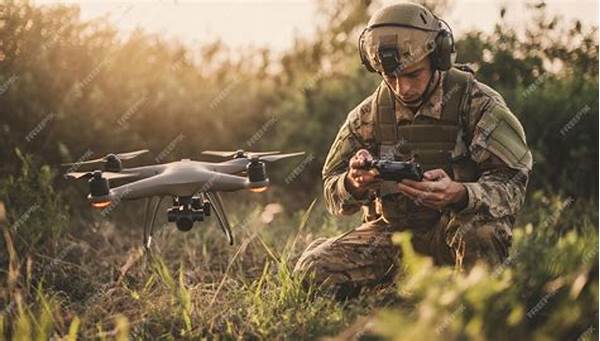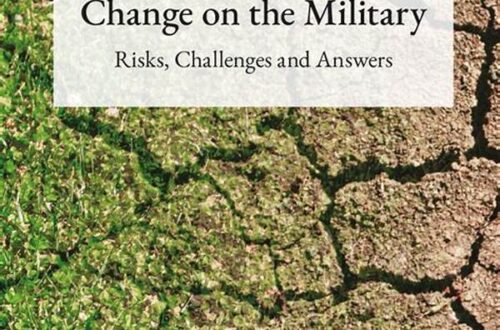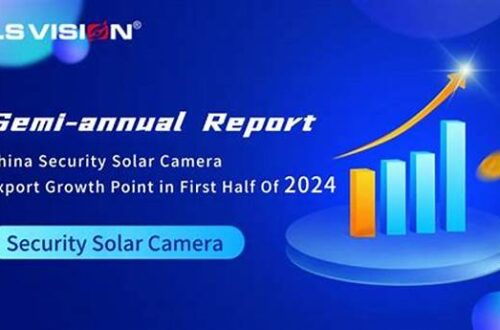Military reconnaissance and surveillance operations have long been fundamental components of defense strategies across the globe. These operations involve diligent efforts to gather, analyze, and disseminate vital information regarding potential adversaries’ activities and intentions. In the complex and multifaceted landscape of modern warfare, the significance of reconnaissance and surveillance has only increased, as they play a crucial role in ensuring strategic advantage and operational success.
The Importance of Military Reconnaissance and Surveillance Operations
In the modern military context, reconnaissance and surveillance operations occupy a pivotal role. Utilizing state-of-the-art technology and advanced intelligence methodologies, these operations aim to gather critical data about enemy positions, movements, and capabilities. The collection of such information is essential in facilitating decision-making processes, thereby enabling military commanders to make informed strategic and tactical decisions. Such operations are integral to maintaining national security and formulating defense strategies tailored to preempt emerging threats. Military reconnaissance and surveillance operations also contribute significantly to creating situational awareness, allowing armed forces to anticipate and react promptly to hostile actions. Consequently, the effectiveness of military operations is often contingent upon robust reconnaissance and surveillance efforts, which ensure operational readiness and strategic advantage.
Key Components of Military Reconnaissance and Surveillance Operations
1. Technological Innovations: Advanced tools and technologies, including satellites and drones, are utilized in military reconnaissance and surveillance operations to ensure precise data collection.
2. Strategic Intelligence: These operations gather and process crucial information that aids military decision-making, enhancing both strategic and tactical planning.
3. Real-Time Data: Timely intelligence allows military forces to adapt to rapidly changing scenarios on the battlefield, ensuring operational success.
4. Cross-Functional Collaboration: Effective reconnaissance and surveillance necessitate the collaboration of various military functions and divisions.
5. Operational Security: Ensuring the confidentiality and security of gathered intelligence is paramount in military reconnaissance and surveillance operations.
Technological Advancements in Military Reconnaissance and Surveillance Operations
The evolution of technology has significantly transformed military reconnaissance and surveillance operations. In the past, such operations primarily relied on human intelligence and visual observations conducted by personnel on the ground or in aircraft. However, recent technological advancements have revolutionized these operations, providing military forces with cutting-edge tools to enhance their capabilities. Unmanned aerial vehicles (UAVs), commonly known as drones, are one such advancement that has been extensively adopted. Equipped with high-resolution cameras and sophisticated sensors, these drones are capable of capturing real-time imagery and transmitting critical data to command centers in seconds. Satellite technology also plays an instrumental role, offering expansive coverage and the ability to gather information from remote and inaccessible regions. These technological innovations not only heighten the precision of military reconnaissance and surveillance operations but also ensure that decision-makers have access to comprehensive and updated intelligence.
Strategic Implications of Military Reconnaissance and Surveillance Operations
The strategic implications of military reconnaissance and surveillance operations are profound. These operations provide a foundation for both defensive and offensive military strategies by informing commanders of potential threats and opportunities. By integrating intelligence gathered through these operations, military leaders can make strategic decisions that leverage their strengths while countering the enemy’s weaknesses. Furthermore, reconnaissance and surveillance play a vital role in peacekeeping efforts, as they enable the monitoring of ceasefire agreements and other diplomatic resolutions. This aspect of military reconnaissance and surveillance operations underscores their importance not only in times of conflict but also in facilitating global peace and stability. Consequently, nations invest significantly in enhancing their reconnaissance and surveillance capabilities to safeguard national security interests effectively.
Applications and Challenges in Military Reconnaissance and Surveillance Operations
Military reconnaissance and surveillance operations face various challenges, although their applications are manifold. The need for timely and accurate intelligence is paramount, and any lapses can have far-reaching consequences on military outcomes. One of the primary challenges is ensuring the reliability and security of the collected data. Information must be shielded from potential adversaries to prevent compromising military plans. The rapid pace of technological advancements presents another challenge, as military forces must continually adapt and integrate emerging tools to maintain superiority. Despite these challenges, the applications of military reconnaissance and surveillance operations are indispensable across numerous aspects of military strategy, including monitoring border areas, assessing potential threats, and supporting tactical combat operations. As such, ongoing efforts are imperative to advance these operations, ensuring military forces are equipped to confront evolving threats proactively.
Future Prospects of Military Reconnaissance and Surveillance Operations
Looking ahead, the future prospects of military reconnaissance and surveillance operations appear promising, fueled by rapid advancements in technology and intelligence methodologies. The integration of artificial intelligence and machine learning is anticipated to play a significant role, enhancing the ability to process vast amounts of data with unprecedented speed and accuracy. These technological enhancements will further refine the ability of military forces to predict and respond to potential threats, thereby reinforcing national security measures. Furthermore, the expanded use of autonomous systems will likely reduce the risks associated with human-operated reconnaissance missions, offering greater agility and operational flexibility. However, these advancements also necessitate strict regulatory oversight to ensure ethical use and prevent misuse of sophisticated surveillance technologies. In the coming years, the continuous evolution and adaptation of military reconnaissance and surveillance operations will remain essential to addressing the shifting dynamics of global security landscapes, safeguarding peace and security worldwide.
Summary on Military Reconnaissance and Surveillance Operations
In summary, military reconnaissance and surveillance operations constitute a fundamental component of modern defense strategies. The ability to gather and analyze intelligence effectively is crucial in shaping military tactics and strategies, ensuring the preparedness and agility of armed forces in safeguarding national security. The evolution of technology has substantially enhanced these operations, providing military forces with sophisticated tools to capture real-time data and generate comprehensive situational awareness. However, despite technological advancements, challenges persist, necessitating ongoing efforts to refine and integrate emerging innovations into reconnaissance and surveillance methodologies. The strategic implications of these operations are far-reaching, extending beyond combat zones to support peacekeeping, humanitarian assistance, and global stability initiatives. As military forces continue to confront evolving security threats, the role of reconnaissance and surveillance will remain indispensable in informing decision-making processes and advancing military objectives. In conclusion, military reconnaissance and surveillance operations will continue to adapt and evolve, playing a critical role in shaping the future of global security dynamics.





